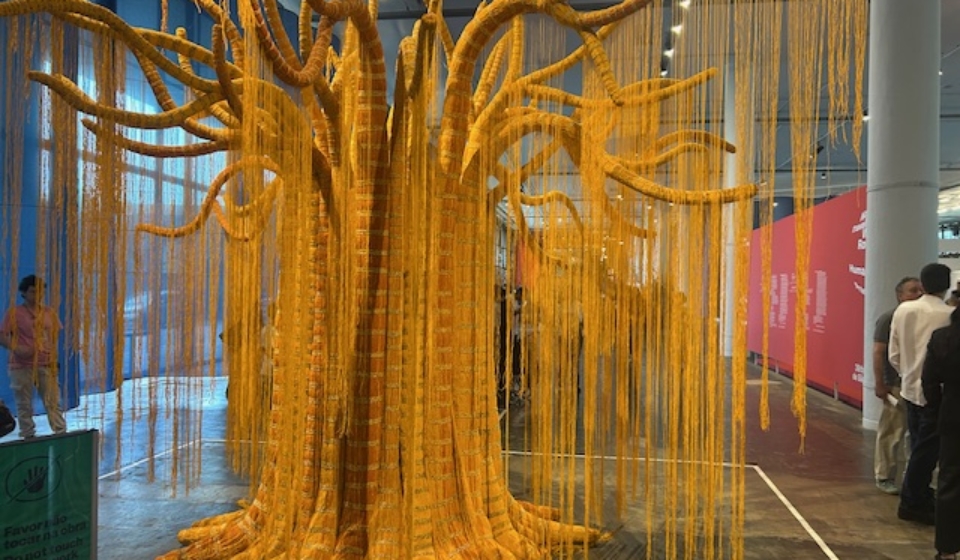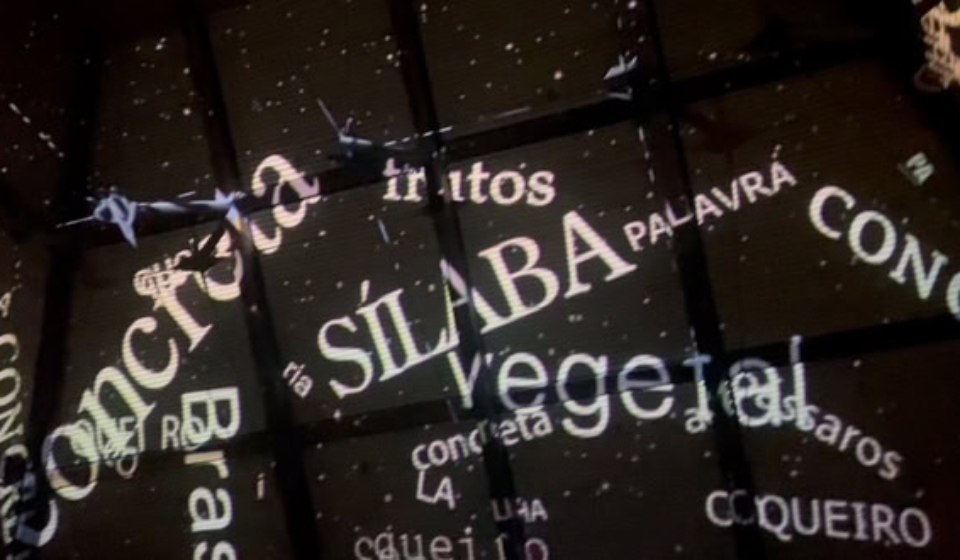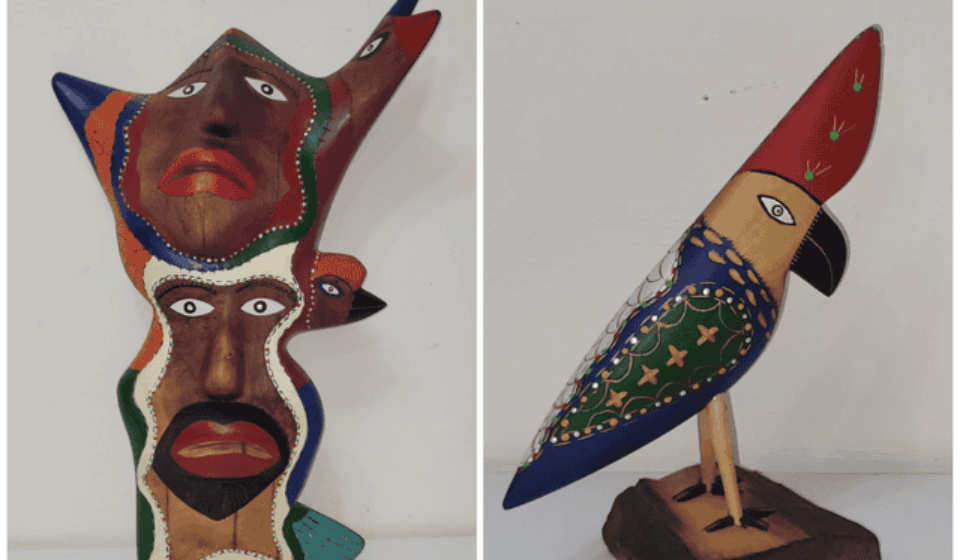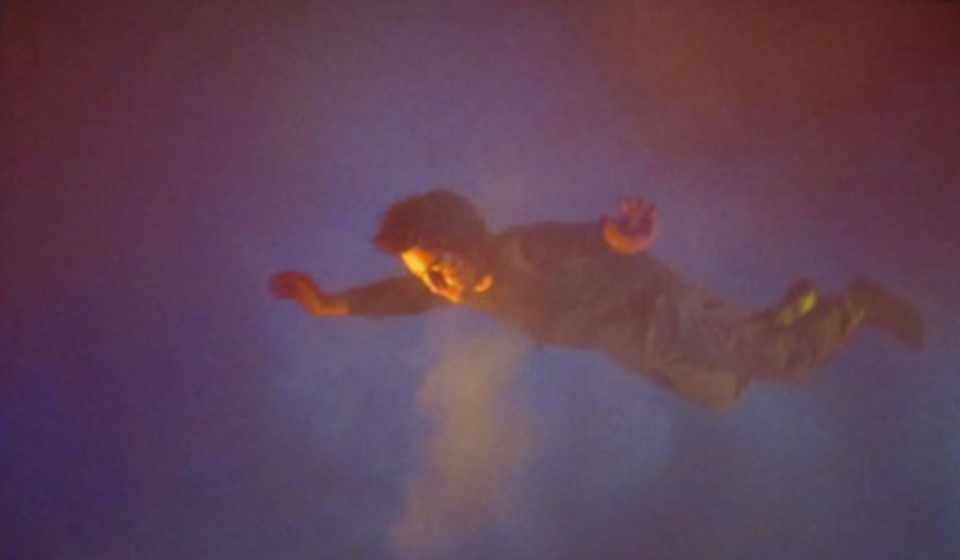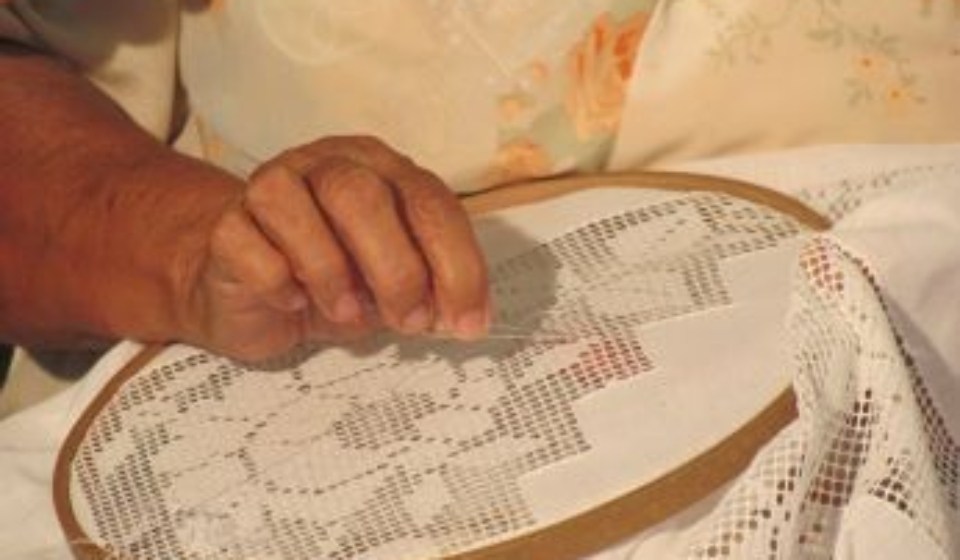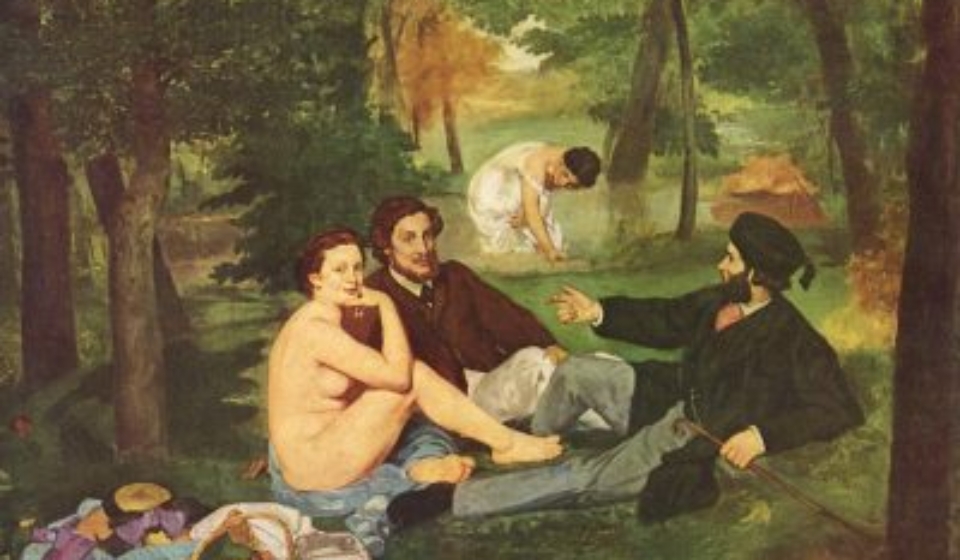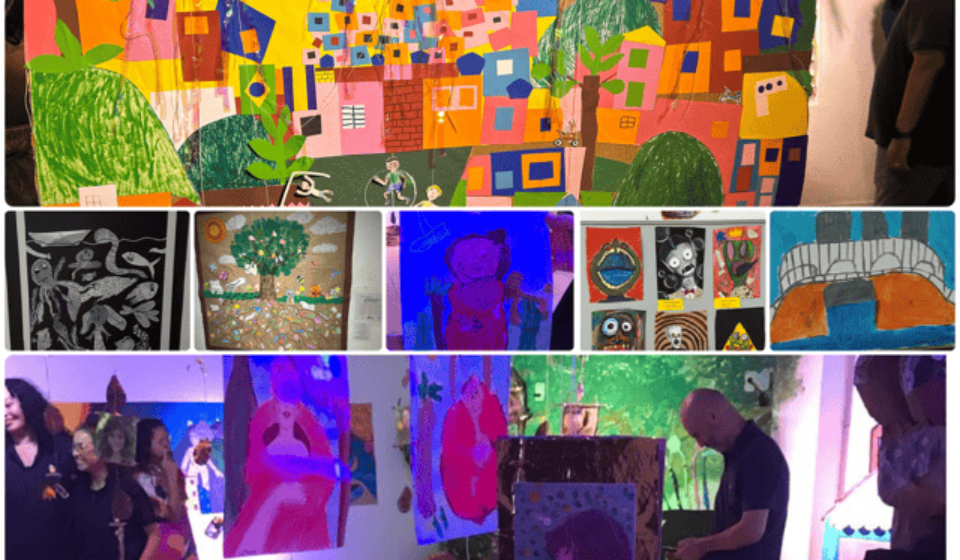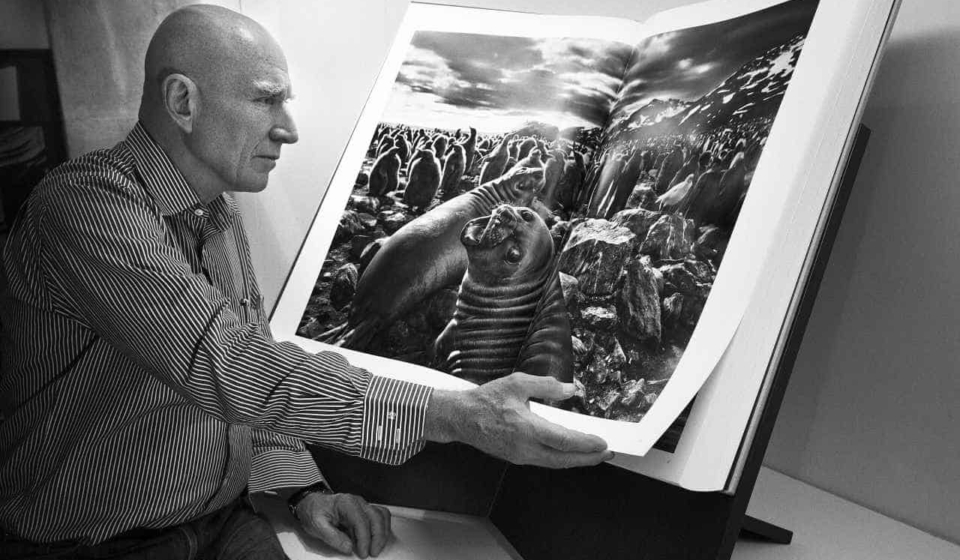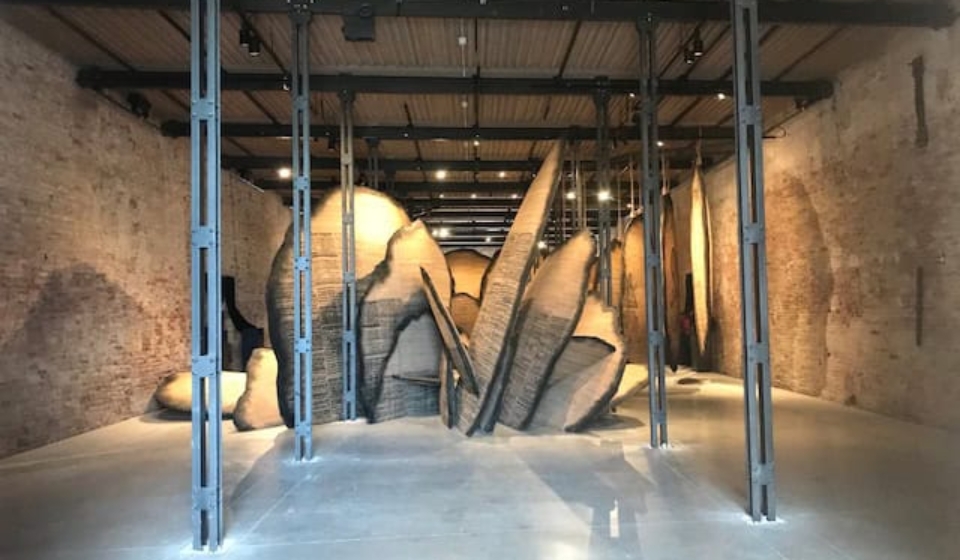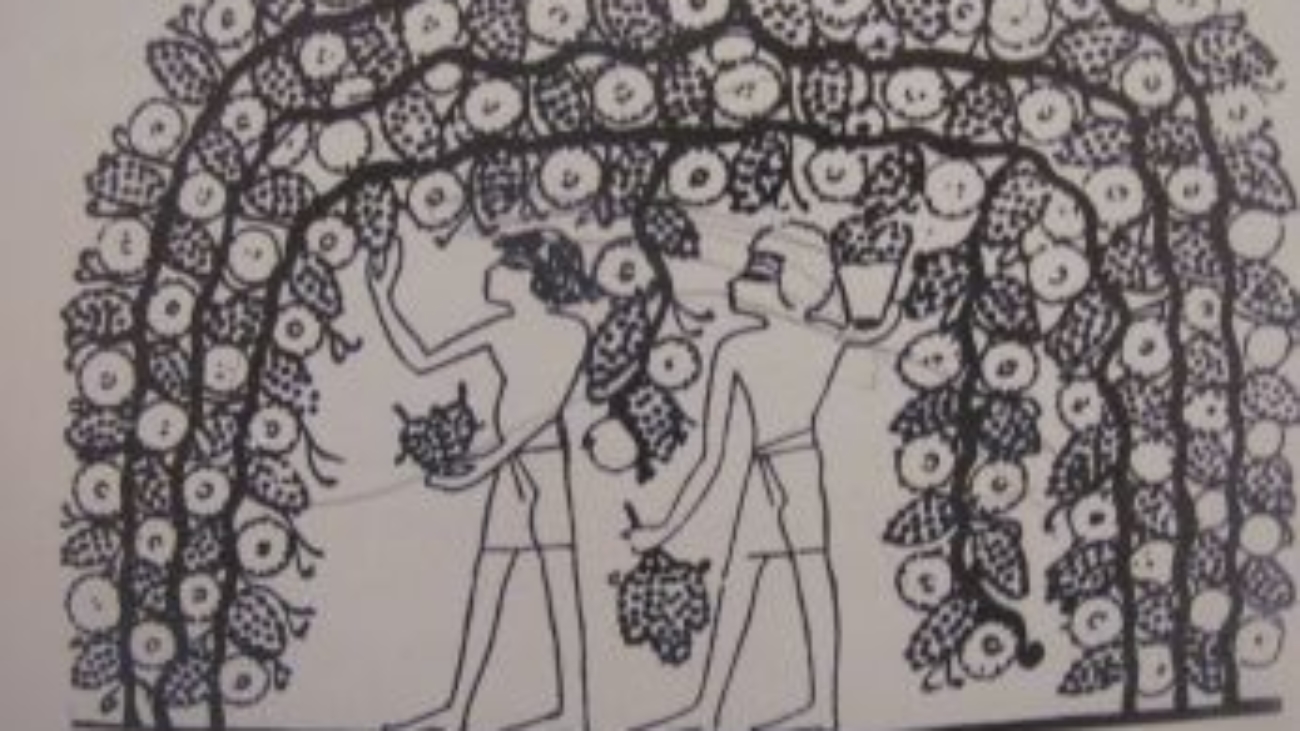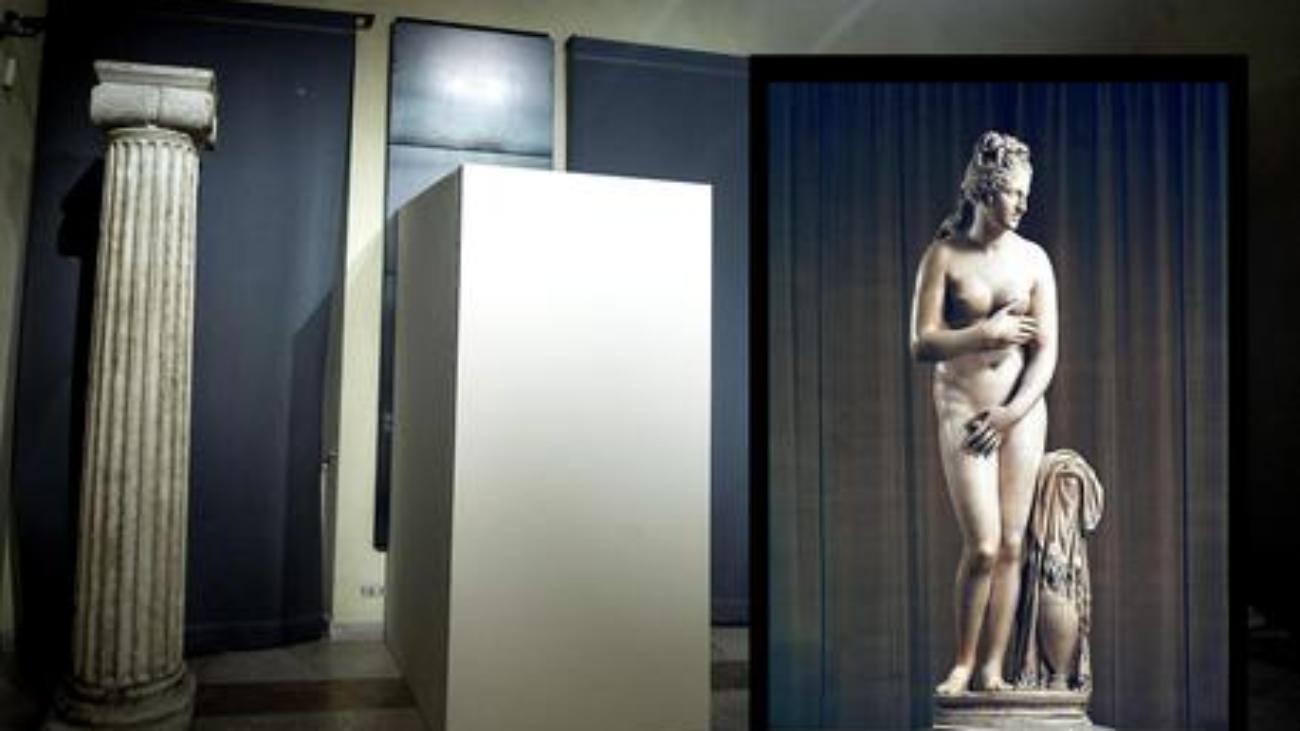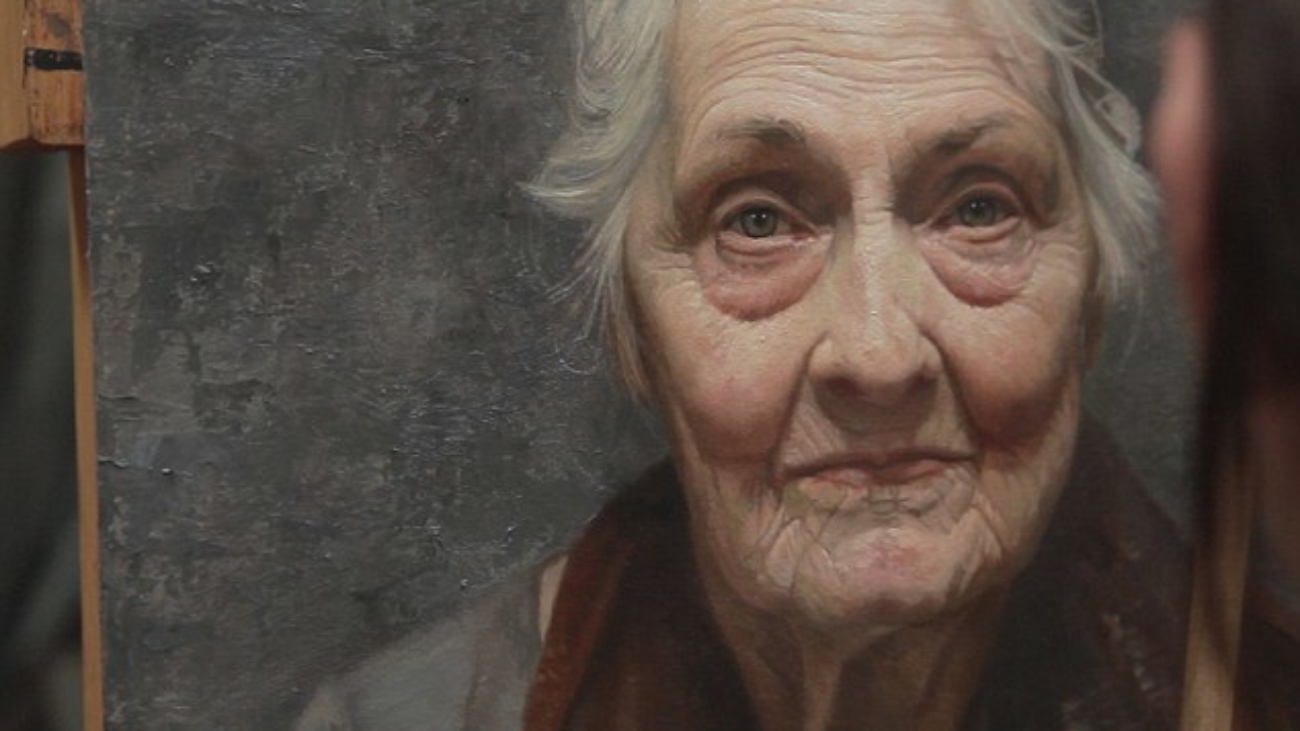 Um livreto da série “Curiosità”, escrito pelo italiano Antonino Pavone, em colaboração com Vitorio Gradoli, é uma preciosidade literária.”Bacco Divino – il vino nella storia nella letteratura e nelle tradizione popolari” faz uma viagem pelo tempo na trajetória do do vinho – néctar dos deuses – bebida que transita entre o sagrado e o profano, mas com prestígio sempre assegurado desde os tempos antigos até a modernidade.
Um livreto da série “Curiosità”, escrito pelo italiano Antonino Pavone, em colaboração com Vitorio Gradoli, é uma preciosidade literária.”Bacco Divino – il vino nella storia nella letteratura e nelle tradizione popolari” faz uma viagem pelo tempo na trajetória do do vinho – néctar dos deuses – bebida que transita entre o sagrado e o profano, mas com prestígio sempre assegurado desde os tempos antigos até a modernidade.
Os autores mostram que os primeiros registros do conhecimento do homem sobre os benefícios, ou não do vinho, que se tem notícia na história, estão na Bíblia, no Antigo Testamento. O texto é leve e bem humorado, porém sério na pesquisa.
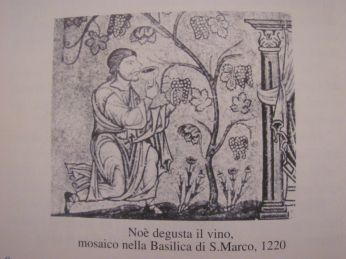 Os italianos recordam que foi Noé que garantiu à humanidade o deleite eterno por este líquido que garante vitalidade ao homem. O Antigo Testamento cita como sendo o primeiro vinhedo plantado no mundo.
Os italianos recordam que foi Noé que garantiu à humanidade o deleite eterno por este líquido que garante vitalidade ao homem. O Antigo Testamento cita como sendo o primeiro vinhedo plantado no mundo.
Existe, inclusive, uma lenda sobre o propósito de Noé plantar uma videira depois de se salvar da inundação. “Noé estava curvado sobre arado, cansado e suado, quando recebe a visita de Lúcifer fingindo ser outra pessoa, que resolve dar-lhe uma mão. O patriarca aceita a oferta e o ‘demônio’ se coloca a trabalhar: degola uma ovelha e seu sangue borrifa pelos locais de plantio. Depois mata um leão e com sangue banha terra. Ao final, faz o mesmo com um porco.
Moral da história: quem se exceder com o vinho poderá ser dócil como um carneiro, vigoroso como um leão e totalmente privado de decência como um porco”.
Semelhante à história do Noé bíblico existe outras tantas em diversas mitologias mundiais, dos esquimós, dos aborígenes australianos, e especificamente protagonizando o mesmo epísódio de Noé, existem o azteco Teocipactl, na China, o Fa Li, o védico Manu, o indiano Satyrawatta, o persa Yma, os casais celtas Dwyfan e Dwyfach e os gregos Deucalione e Pirra. Todas as lendas são semelhantes no fato citar um grande dilúvio, e nas quais estão inseridas a existência de uma planta que produz a “água da vida”, que é capaz de dar vigor sobre-humano, graça na embriaguês, delírio na potência.
O livro cita que os egípcios há 1.500 a.C já conheciam a técnicas do esmagamento das uvas e quando o faziam, na colheita, era transformado em festa rural.
Na sequência, os autores descrevem o nascimento mitológico de Dionísio, deus do vinho, devido a paixão de Zeus pela mortal Semele, cuja união provoca ira de Hera. Dionísio para os gregos e Bacco para os romanos, que em suas aventuras ensina Eno, rei de Calidone, a produzir vinho, talvez para fazê-lo esquecer que ele, Dionísio, tinha seduzido sua esposa Altea.
Eno se apropria da invenção e dá um nome derivado do seu. Por isso, o prefixo eno, caracteriza ainda hoje tudo que tem a ver com o vinho, que se manifesta como fonte de prazer e de cura.
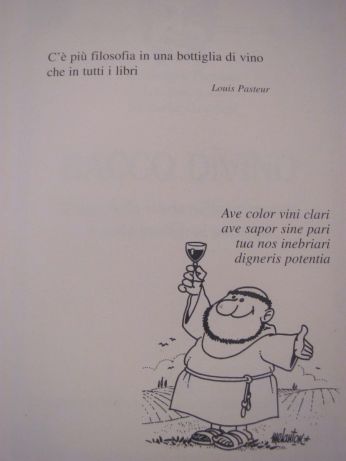 A pesquisa revela que a utilização sacramental do vinho foi feita primeiramente pelos gregos, como oferta simples e direta em honra à deusa da Pallade Atena. A oferenda se encerra com o erguer do cálice em direção ao céu, com uma rápida oração, que não é nem mais nem menos que um moderno brinde de bons presságios. Os poemas de Homero atestam que o vinho se bebia na Grécia antiga, sem dúvida, não puro, mas alongado com a água.
A pesquisa revela que a utilização sacramental do vinho foi feita primeiramente pelos gregos, como oferta simples e direta em honra à deusa da Pallade Atena. A oferenda se encerra com o erguer do cálice em direção ao céu, com uma rápida oração, que não é nem mais nem menos que um moderno brinde de bons presságios. Os poemas de Homero atestam que o vinho se bebia na Grécia antiga, sem dúvida, não puro, mas alongado com a água.
Nos Evangelhos e nas Sagradas Escrituras em geral o vinho e a videira ocupam um papel proeminente. “Deus em pessoa é comparado a um cultivador de vinhas, que manda o filho entre os desonestos que lhe roubaram a vinha(Marcos, 12). O primeiro milagre de Cristo é a transformação da água em vinho. Durante a última ceia, Cristo profetiza dizendo que não beberia mais do fruto da vida e depois da ceia mostra o cálice e diz: ‘Este cálice é o sinal da nova aliança no meu sangue, derramado por vocês;'”(Luca, 22).
A riqueza da narração sobre a trajetória do vinho é tal, que provoca no leitor a sensação de estar bebendo uma taça de vinho e deliciando-se com as informações sobre a “água da vida”. Os capítulos são envolventes quando tratam dos tabus da liturgia, quando citam poesias sobre o vinho, quando falam sobre sua majestade a Champanhe, as questões de etiqueta, a exigência de um recipiente apropriado para degustá-lo, o cálice, e ao final encerram com o vinho e a saúde, mostrando os benefícios de beber uma taça ao dia.
O livreto não foi editado em português para a tristeza dos apreciadores de vinho que não leem italiano.Para interessados, o site leggendoegodendo poderá dar dicas de como adquiri-lo. Um site que defende a leitura como um prazer, como um orgasmo, como um pecado que salva, e que os pequenos livros são direcionados a grandes curiosos.
Entre as informações peculiares inseridas no texto do livreto, o artigo do crítico de arte francês, poeta e escritor Charles Baudelaire, escrito em 1861, sobre o haxixe e o vinho que se intitula “Paraísos artificiais”, vale para encerrar e brindar a chegada de 2013. O poeta francês denomina o vinho como “filho sagrado do sol”.
No artigo, destaca o vinho desta forma:
– “Profundas alegrias do vinho, quem não as conheceu? Se não foi aquele que tinha um remorso a aplacar, um recordação para evocar, um dor para afogar, uma fantasia para enaltecer, todos, enfim, foram invocações ao vinho, ao deus misterioso escondido nas fibras da vinha. Grandes são os espetáculos do vinho, iluminados por meio do sol interior! Verdadeira e ardente esta segunda juventude a qual o homem chega…. Se o vinho desaparecesse dos produtos humanos, creio que na saúde e no intelecto do planeta se criaria um vazio, uma ausência, uma falta muito mais terrível de todos os excessos dos quais o vinho é acusado. De resto, bebendo o homem malvado se transforma em repugnante, assim como o homem bom se transforma em excelente“.
Viva!


